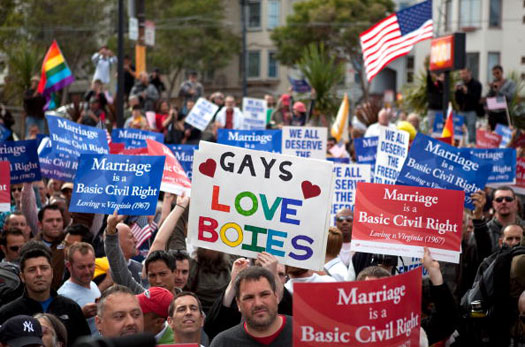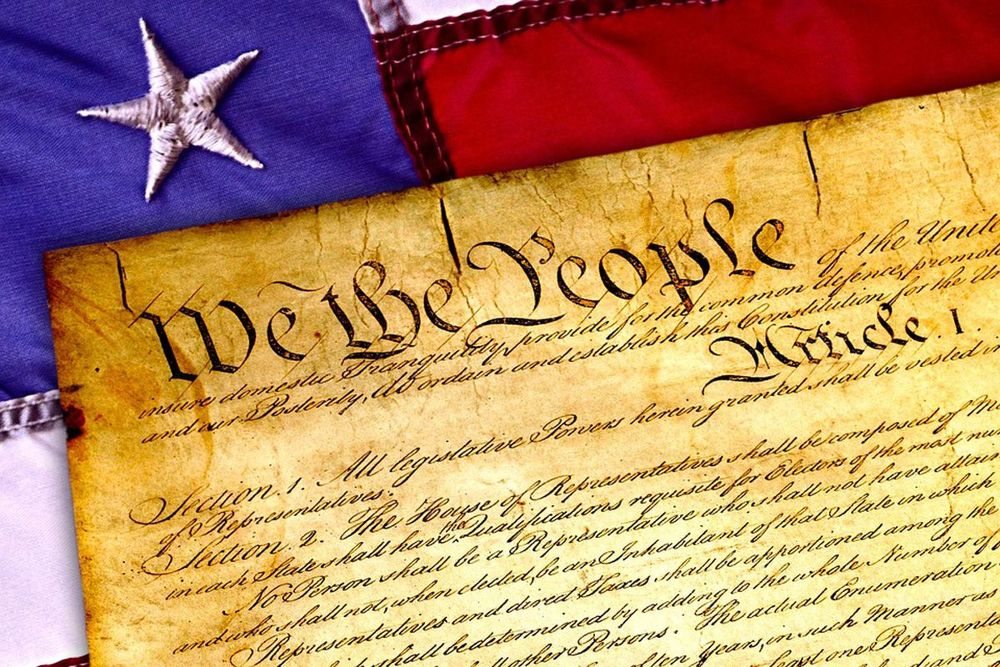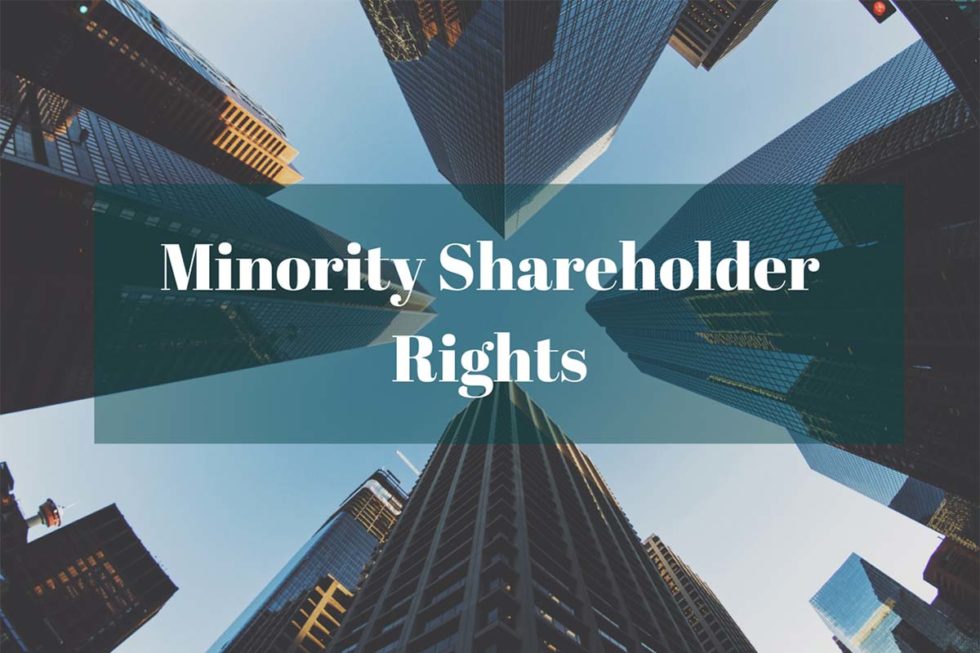

The three lessons in this unit comprise key selections from the chapter. We have provided teaching guides and glossaries for the academic vocabulary, as well. A Common Core exemplarĮDSITEment’s new unit, Tocqueville on Tyranny of the Majority, breaks down Tocqueville’s argument into its component parts. He further argues that tendency to acquiesce in the rightness of majority opinion has negative long-term consequences on national character and culture. Tocqueville does not mean that the majority in a democracy will always act tyrannically, only that nothing can prevent it from so doing. Because American democracy lacks such intermediary institutions, it has “no lasting obstacles” in the way of the opinions, prejudices, interests, and momentary passions of the majority and tends towards an unthinking despotism over unpopular minorities.

Some of these groups do exist in democracies, but they have little or no independent legitimacy.Īccording to Tocqueville, these “intermediary” institutions that exist in aristocracies serve as a “dike” against the force of dominant political power and a vital protection for human dignity and liberty.

It is rather the aristocracy, the clergy, the legal profession, and the rising merchant class-the independent centers of powers-that will resist and even oppose the sovereign. In Europe, with its complex hierarchical societies, the majority has little or no power. In this situation, the greatest legitimate power will always be with the majority. The power of the democratic majority arises from the fact that every individual is assumed to be competent to guide his own life and is politically the equal of every other individual. Tocqueville, in the light of his “new political science,” calls this an “impious and detestable maxim.” In Volume 2, Part 2, Chapter 7, “ Of the Omnipotence of the Majority in the United States and Its Effects,” he lays out his argument against this view. The notion that the people can do no wrong became widely held. In fact, the greatest danger Americans faced was inherent in their treatment of unpopular minorities.įrom the founding period to the time of his visit, Americans had become increasingly more egalitarian and democratic.
#Tyranny of the majority free
But he also saw and criticized the way white majorities supported the institution of slavery and the unjust treatment of free blacks and Native Americans. In America, he saw and praised a people who enjoyed an unprecedented equality of conditions and political and civil liberty without endangering order or prosperity. Democracy’s greatest dangerĮquipped with a deep understanding of the achievements and failures of European civilization and an equally deep passion for liberty and human dignity, Tocqueville was able to bring his complex perspective to bear on his subject. With this challenge in mind, we have developed a new unit that focuses on one of the most famous and controversial of Tocqueville’s arguments. I wanted to know democracy, if only to know at least what we must hope or fear from it.”Ī complex informational text such as this poses an invigorating challenge to high school students.

In his introduction, Tocqueville writes: “In America, I saw more than America… I sought the image of democracy itself, with its inclinations, its character, its prejudices, and its passions. The book is influential both for its study of American society in the Jacksonian period and for its analysis of democracy. His nine-month sojourn led to the writing of Democracy in America, universally regarded as one of the most influential books ever written. In 1831, an ambitious and unusually perceptive twenty-five-year-old French aristocrat, Alexis de Tocqueville, visited the United States. A French aristocrat visits Jacksonian America


 0 kommentar(er)
0 kommentar(er)
